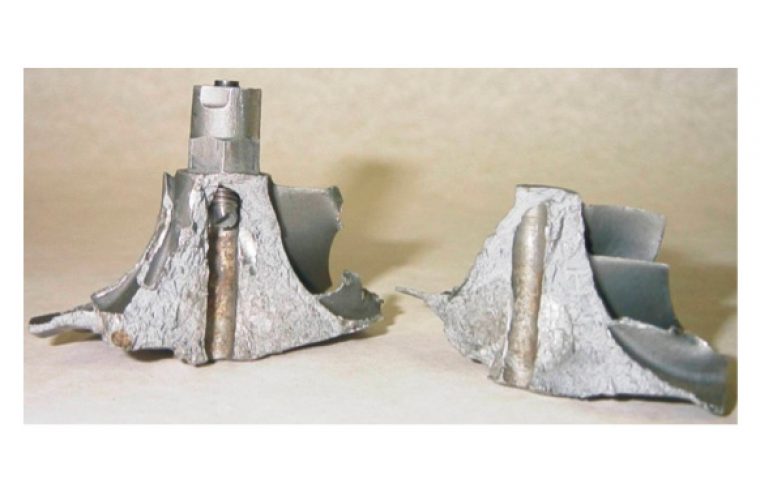Turbochargers can operate at speeds in excess of 6,000 revs per second (360,000 rpm), with exhaust gases around 800°C.
Overspeeding is when the turbo rotates at a greater speed than its operational limits and can push the turbo beyond its safe operating parameters, causing it to fail by damaging the turbine or compressor wheels and bearings.
If the turbo continues to overspeed, it can overboost the engine, resulting in serious damage to the internal components and potentially complete engine failure.
BTN Turbo say overspeed can be caused by a restriction in the air intake filter or pipe work, or a split or detached air hose, allowing allowing incorrect amounts of air into the turbo.
Other causes include incorrect volume of air in the turbo, a ‘chipped’ or ‘overfuelled’ engine that isn’t to standard specification, worn injectors, loss of signal to the Simple Rotary Electronic Actuator for the wastegate or fitting the incorrect turbo.
To prevent turbo failure caused from overspeed, BTN advise technicians to check that there aren’t any restrictions or leaks in the air intake.
Garages should also ensure that the wastegate or VNT linkage is operating freely and should check the electronic sensors and ECU are operating correctly.
For more tips and advice and to find out more about BTN Turbo, select ‘more details’ below.







